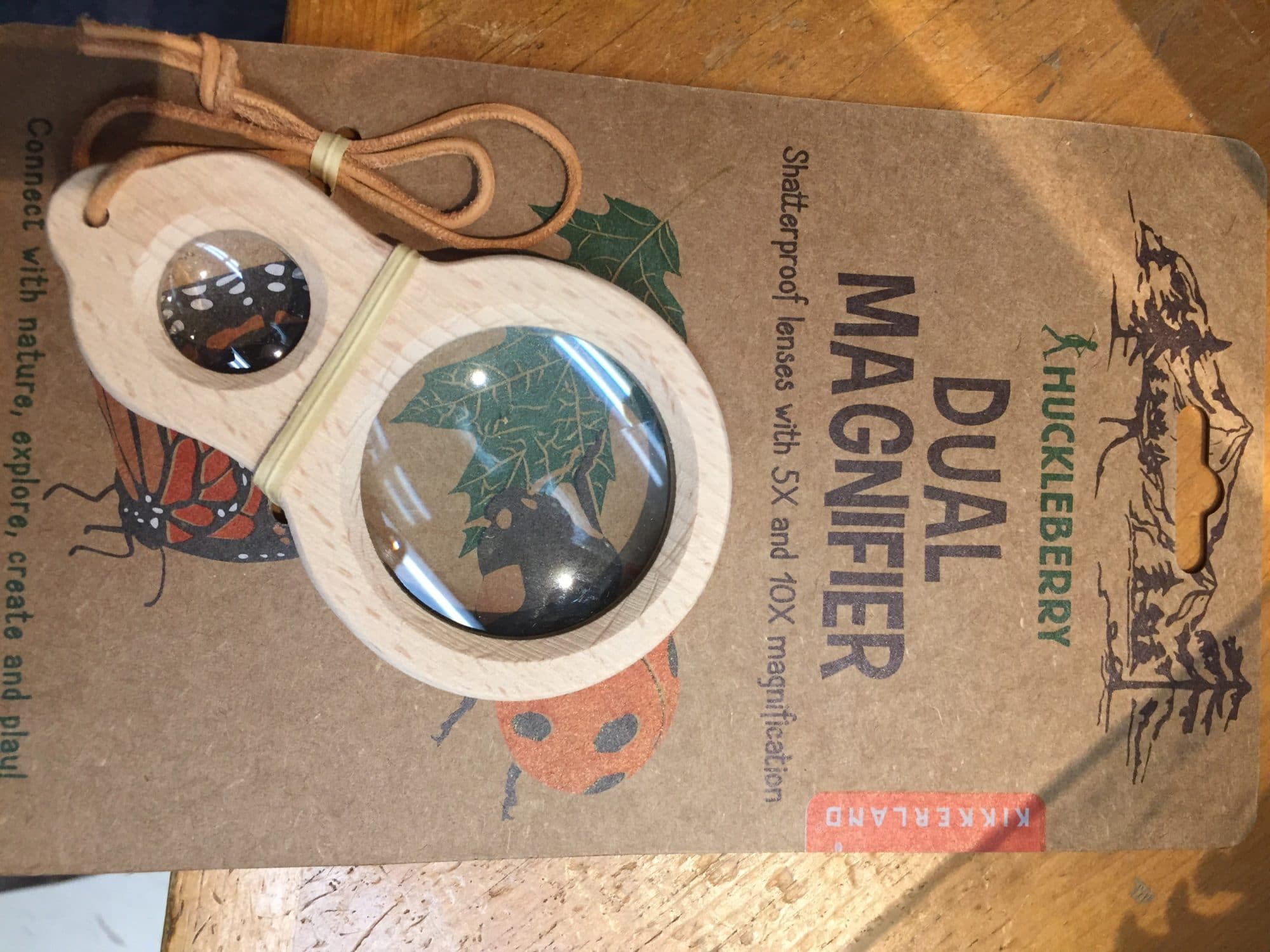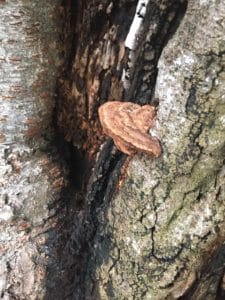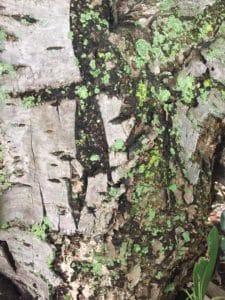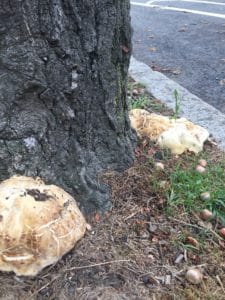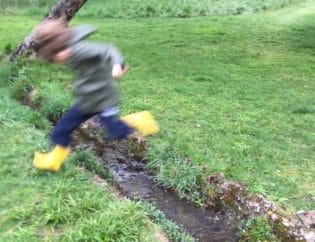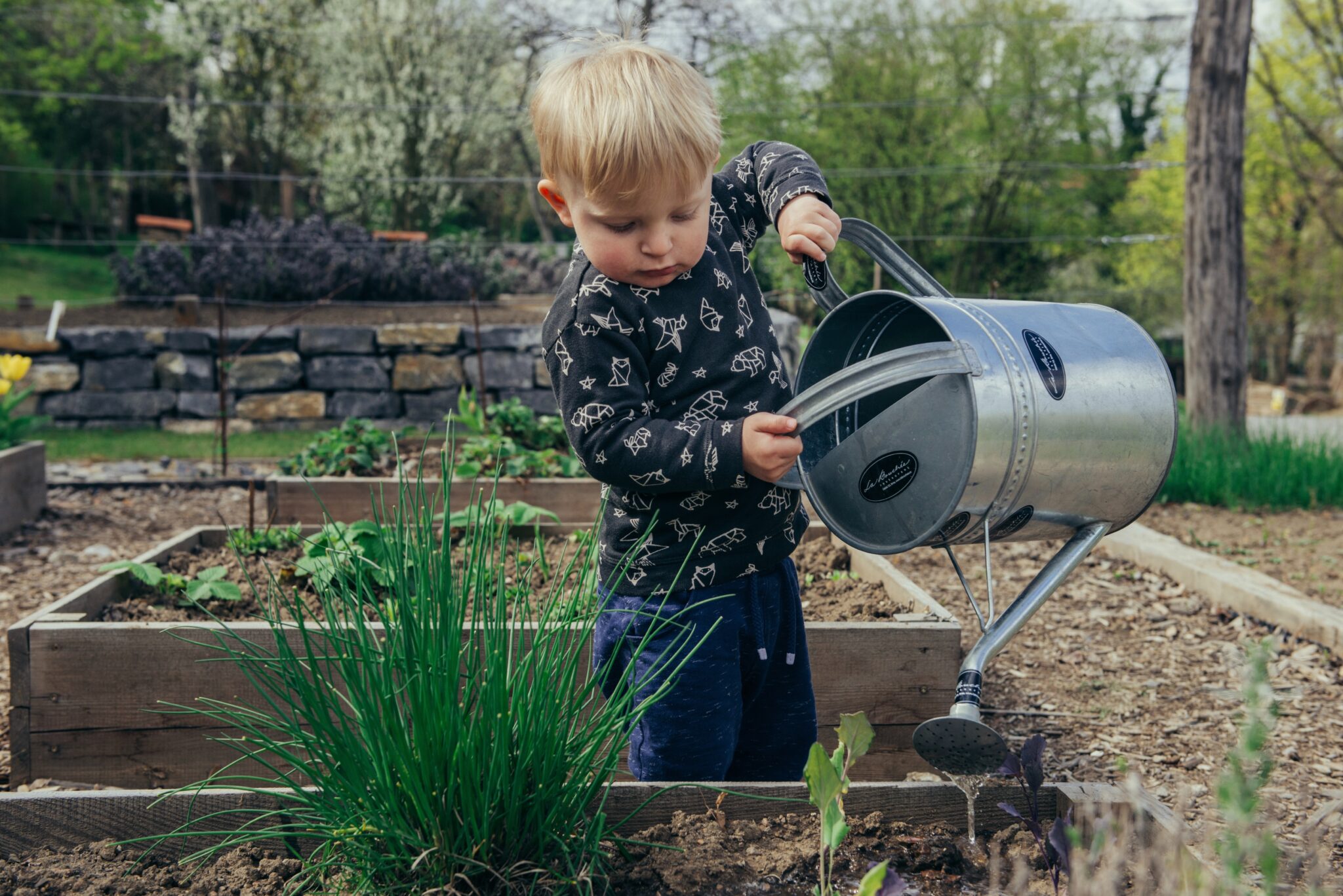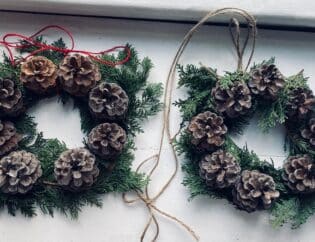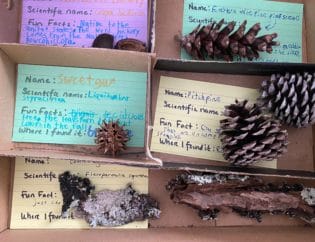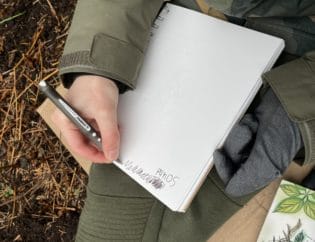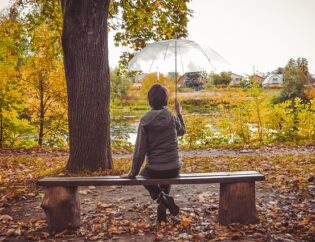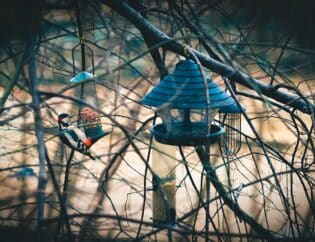
One thing is certain of your child's nature education: it's infinite. Just think of this fact: in one square inch of soil live over 4 billion organisms, including one-celled bacteria, algae, fungi, and protozoa, to the more complex nematodes and micro-arthropods.
Teach your child about the abundance of life and nature all around us by helping your child become a micronature-ist.
Micronature is simply digestible nature, or nature in small enough doses to take in and to study. By observing micronature, your child can actually try to notice every detail of a natural area as it's small enough to explore and analyze. Micronature is an excellent way for your child to “claim” a little piece of the outdoors, get to know it intimately through observation and repeat visits.
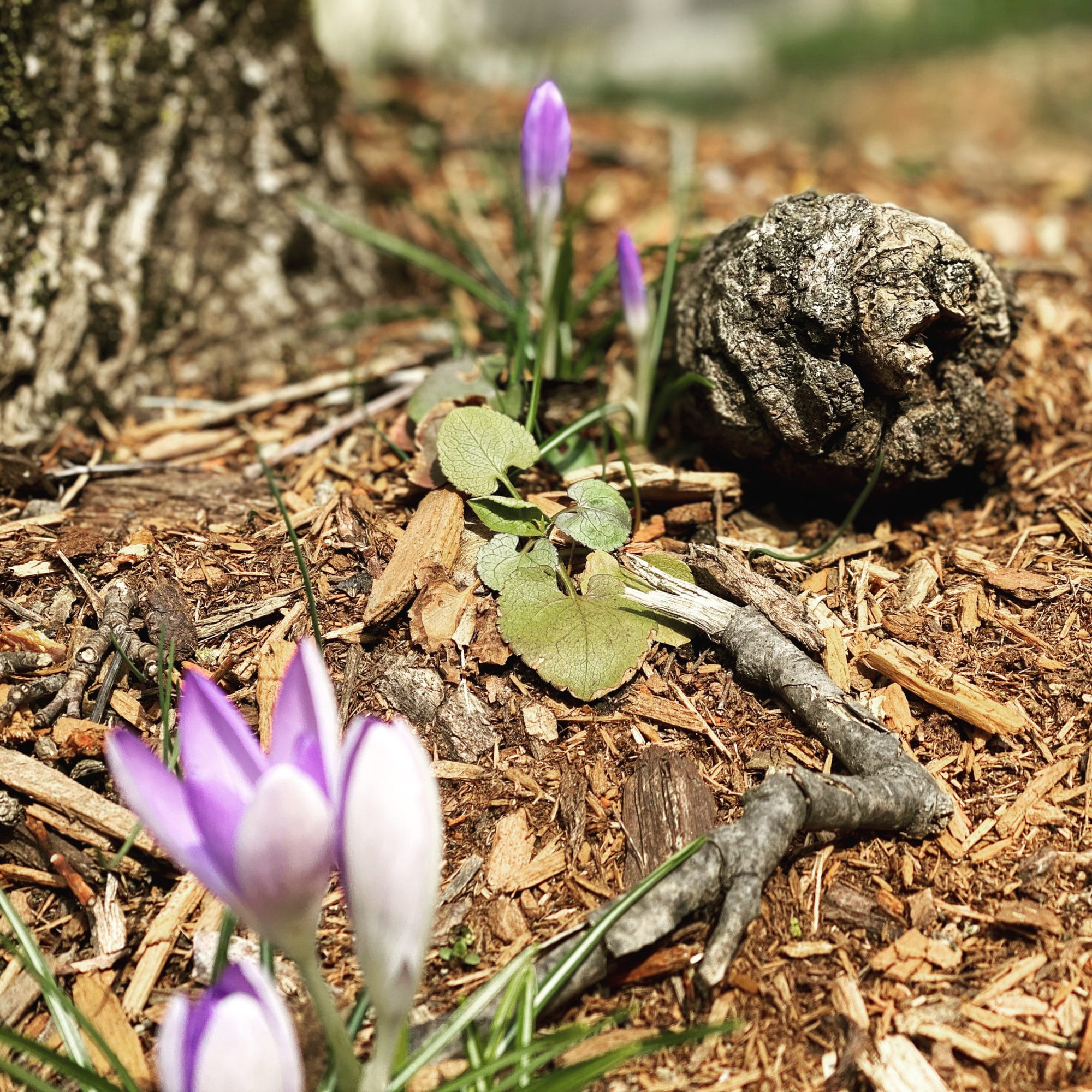
Where to find micronature?
Think of a place in nature such as a park. Now think of a spot in that park, perhaps a stand of trees by the park’s entrance. Now choose one of those trees to focus on. With us? That’s still not micronature. Within that tree, locate one spot, perhaps a shallow valley made by roots at the base of a tree or maybe just a single branch. Now focus deeply into one contained spot, as large as 1 foot by 1 foot in area, or as small as a square inch. You've found micronature!
When to observe micronature?
All seasons! Your child can observe micronature in all seasons to note the changes seasonally. The winter is actually a great season for exploring nature because your child can limit their scope and less likely to get overwhelmed.
What's needed to observe micronature:
Clipboard
Paper or Nature Journal
Pencil
Colored pencils
How to observe micronature:
Start with a general spot. A tree. A log. A patch of dirt. Then draw a mental radius around the site. We recommend a spot that is 12-inch in diameter but much smaller works well too.
Your child should scan the site for signs of life: plant, insect, bird, mammal, fungus. He or she can make notes in their nature journal of what they see at the macro level. it's helpful to draw pictures, noting colors.
Now your child should choose a section to zoom into. Tell your child you’re going micro!
Using a magnifying glass or a portable handheld microscope, inspect the site carefully for micronature. Turn over woodchips and leaves. Look under bark on trees. Get a close up view of the scales of a pinecone, or the leaves in the leaf litter. Make notes of spots on leaves (often mold), spores, lichens, chew marks on acorns, ants hiding in bark, beetles in a ball. There's no hard and fast rule for observing micronature. Your child should just follow their curiosity!
Some ideas for micronature to notice:
Zoom in on a spiderweb. Notice its patterns. How water droplets cling to it. How it responds to vibrations. If there are any prey wrapped up in it.
Focus on a flower. Notice the shape of its petals. How many there are. What pattern they are shaped in. The colors. Where are the parts of the flower? Notice as much detail as possible.
Make sure that you and your child return to the site the following week. Ask them to note what has changed. Any new natural objects? Anything missing? Any new buds growing? New insects? New signs of life. Observing micronature is an excellent way to notice nature and its ever-changing states.


